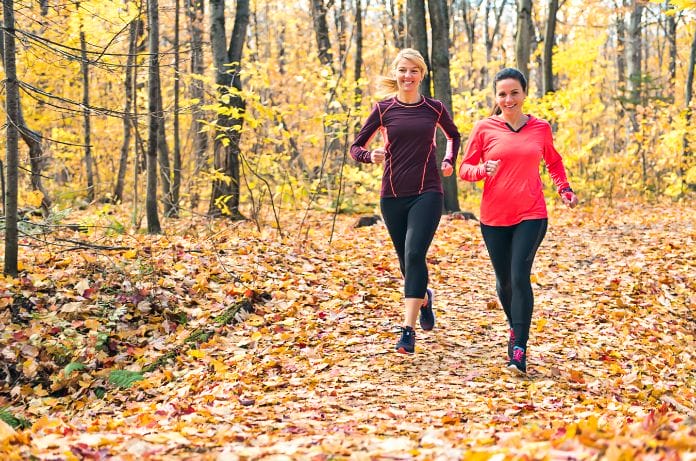The summer is dwindling, which means autumn and winter are just around the corner. The days of working out in T-shirts and shorts are soon gone, and it’s time to break out your jackets, leggings, and sweatpants. The cold weather shouldn’t make you shy away from working out! Prepare yourself for the cold months so that you won’t lose rhythm. To help you prepare for the fall and winter, here’s a reminder to stay warm while working out in the cold.
Do a Warm-Up First
Undoubtedly, doing a warm-up before heading to the gym or going on your daily run will keep you warm during the colder months. When exercising during the fall and winter, you have a higher risk of injuries since it’s cold out! By performing a warm-up, you’re warming up your body and loosening up those muscles.
Opt for Brighter Clothes
Although black athleisure wear is chic and cool, bright clothes are better for outdoor workouts. The days are shorter during the cooler months than during the summer. It’s important to remember this so that you don’t have to work out in pitch black. By wearing bright clothes, vehicles and other people can see you.
Protect Your Body and Skin
The cooler months are notorious for being cold and dry. Protect your skin and extremities (fingers, ears, nose, and toes). It’s easy to remember to keep your skin protected in the summer because if you’re working outdoors, you most likely use sunscreen to help protect your skin. However, during the colder months, there’s a risk of skin damage from drier air and freezing temperatures.
Breathe Right and Use Proper Techniques
You most likely perform breathing techniques to keep your body cool when you work out in warmer temperatures. To stay warm while working out in cold weather, you want to breathe in through your nose and out through your mouth—this will help keep your nose warm and humidify the air. You should also perform the proper workout techniques to ensure that you’re not straining or spraining muscles. For example, if you go on a daily run, you should have a proper running form and breathing rhythm to ensure that you’re not overworking yourself in harsh, cold temperatures.






